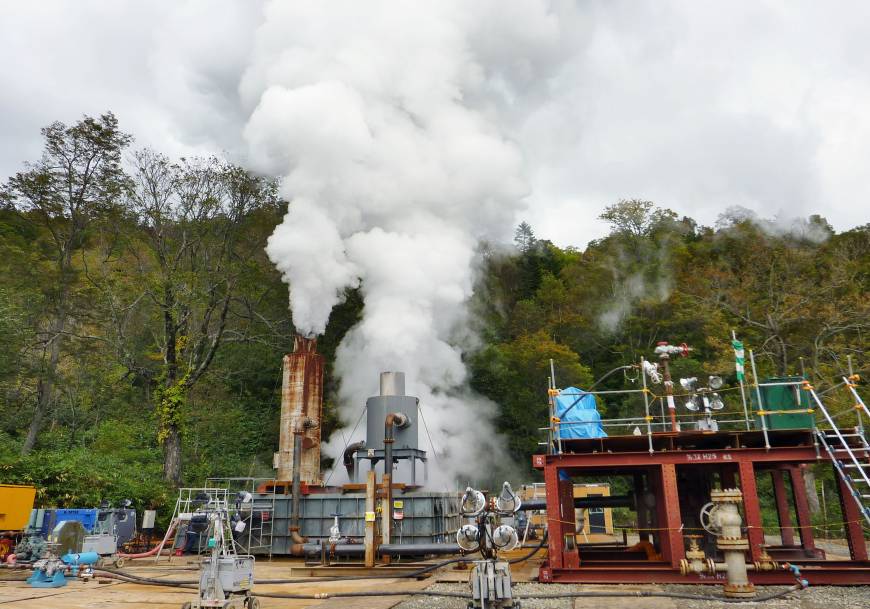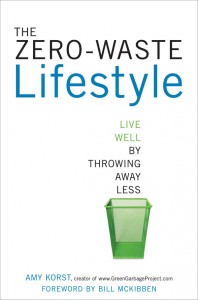The article introduced the persistent problem of marine plastic with fishing gear contributing to 40% of marine waste washed ashore, far exceeding plastic bottles that contribute just 8%. In an effort to reduce marine plastic waste, corporations attempt to utilise “green” materials for fishing equipment. Bringing up that their green material is biodegradable which reduces the impact of the fishing industry on the environment. Several Japanese companies are focusing on developing environmentally friendly materials for fishing tools and promoting their recycling to tackle this issue.
Sakamoto pointed out the reason why fishing tools represent a large proportion of marine plastic waste in Japan as many in the industry do illegal dumping as opposed to recycling or opting for proper waste management as it is a much cheaper option. Despite being able to sell used gear to recycling companies, few actually do so. While Japan constantly paints a rosy picture of the public’s environmentally sustainable efforts to recycle, as highlighted by Kirby concept of Japan’s vision to achieve “zero-emissions” by directing waste to recycling companies (Kirby, 2011), certain corporations do not carry the same sentiments as the general public as they place their priorities in maximising profits. The exploitation of nature for economic gains reminds us of the Minamata disaster and we see similarities in how different stakeholders are affected by corporate actions. In the past, fishermen made use of fishing gears produced by the Chisso factory, who in turn released hazardous waste into their waters (Walker, 2010). Today, an even wider spectrum of stakeholders are unknowingly supporting corporations that are polluting their waters. This further highlights Walker’s point that Japan’s industrialisation is also “industrialising” themselves. It seems that plastic generation is seen as a driver of Japan’s development only at the expense of the ecosystem.
The “green” aspect of this article is embodied in highlighting recycling corporations’ efforts in tackling an issue of fishing equipment plastic which is represented as one of the main culprits of marine plastic pollution. In response to Japan’s shift towards more sustainable practices, there has been a rise in recycling corporations venturing into the fishing industry to tackle the issue of plastic pollution. These companies are producing fishing gears with biodegradable materials or offering the service of recycling them. This helps fishermen sustain their livelihoods without harming the environment. One of the companies mentioned, Refinverse, can be seen as an eco meister on a corporate scale as they are able to turn used fishing nets into nylon fibres for clothing and plastic resins as raw material, giving the unwanted items a new life.
This is an example of how “some consumer product makers have started taking action to meet U.N. Sustainable development Goals” as mentioned in the article, highlighting Japan’s underlying shift to adopting “sustainable” business practices due to “Gaiatsu” as discussed by Kirby (2011). Companies in Japan succumbing to foreign pressure also emphasises the workings of a larger, global power, thus reflecting the idea of political ecology as mentioned by Robbins (2007).
However, it is important to note that the “green” alternative to conventional fishing gear does not address the root issue of dumping excessive waste into the waters. This illustrates the concept of anthropocentrism, like how bugs in the Nausicaa of the Valley of the Wind represent a kind of inconvenient truth in our discourse about nature. Humans tend to act in their self-interest and dictate what they feel is best for nature.
To conclude, we feel that Japan is undeniably taking steps towards becoming a more sustainable nation. However, it is important to ensure actions tackle the root cause of the problem (marine plastic pollution) and not seek to distract.
Word count: 609
References
Sakamoto, Kanoko (2020, 17 October). ‘Green’ fishery gear key to ocean plastic problems. Nikkei Asia. Retrieved from: https://asia.nikkei.com/Spotlight/Environment/Green-fishery-gear-key-to-ocean-plastic-problems
Kirby, Peter. Wynn (2011). “Constructing Sustainable Japan”. In Troubled Natures: Waste, Environment, Japan, pp. 160-192. University of Hawai’i Press.
Robbins, Paul (2007). “The Hatchet and the Seed” Political ecology: a critical introduction. Malden MA: Blackwell Pub: 3-16.
Walker, Brett L (2011). Toxic archipelago: a history of industrial disease in Japan. University of Washington Press.






